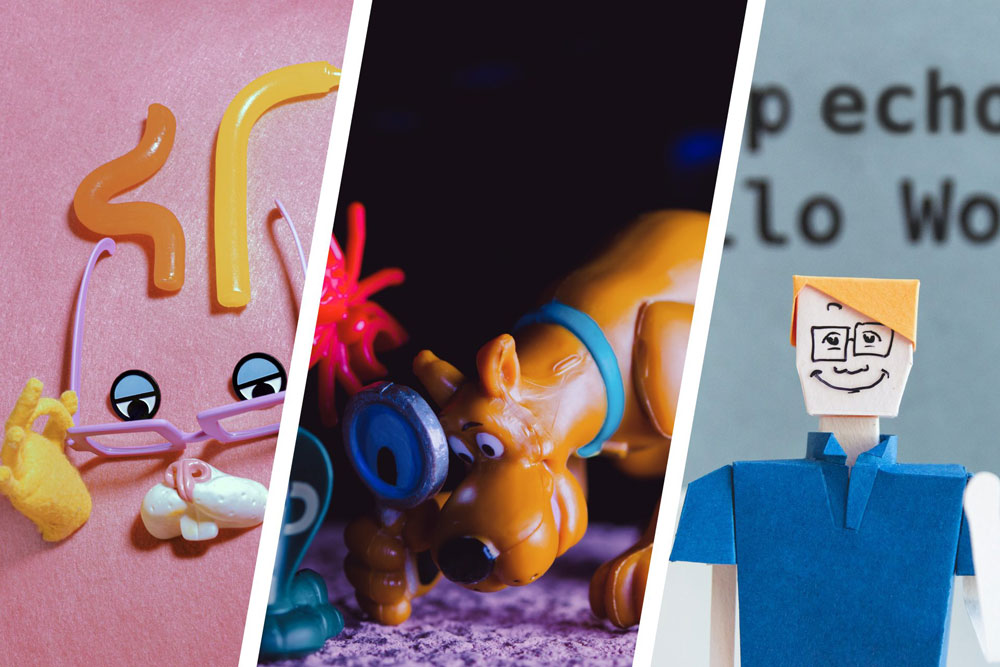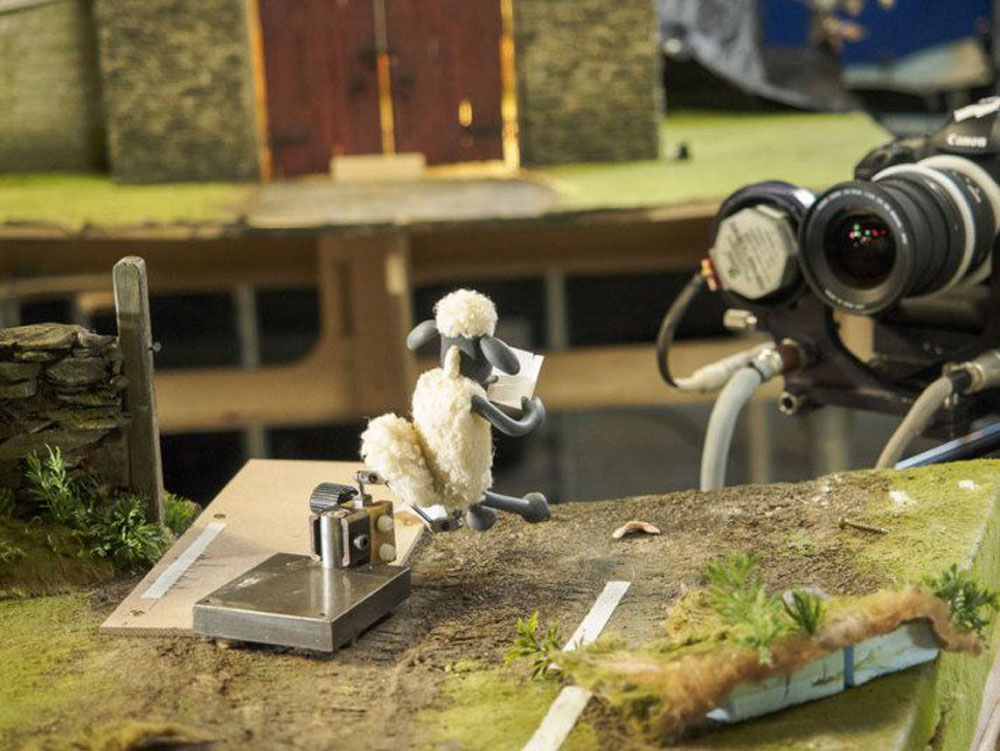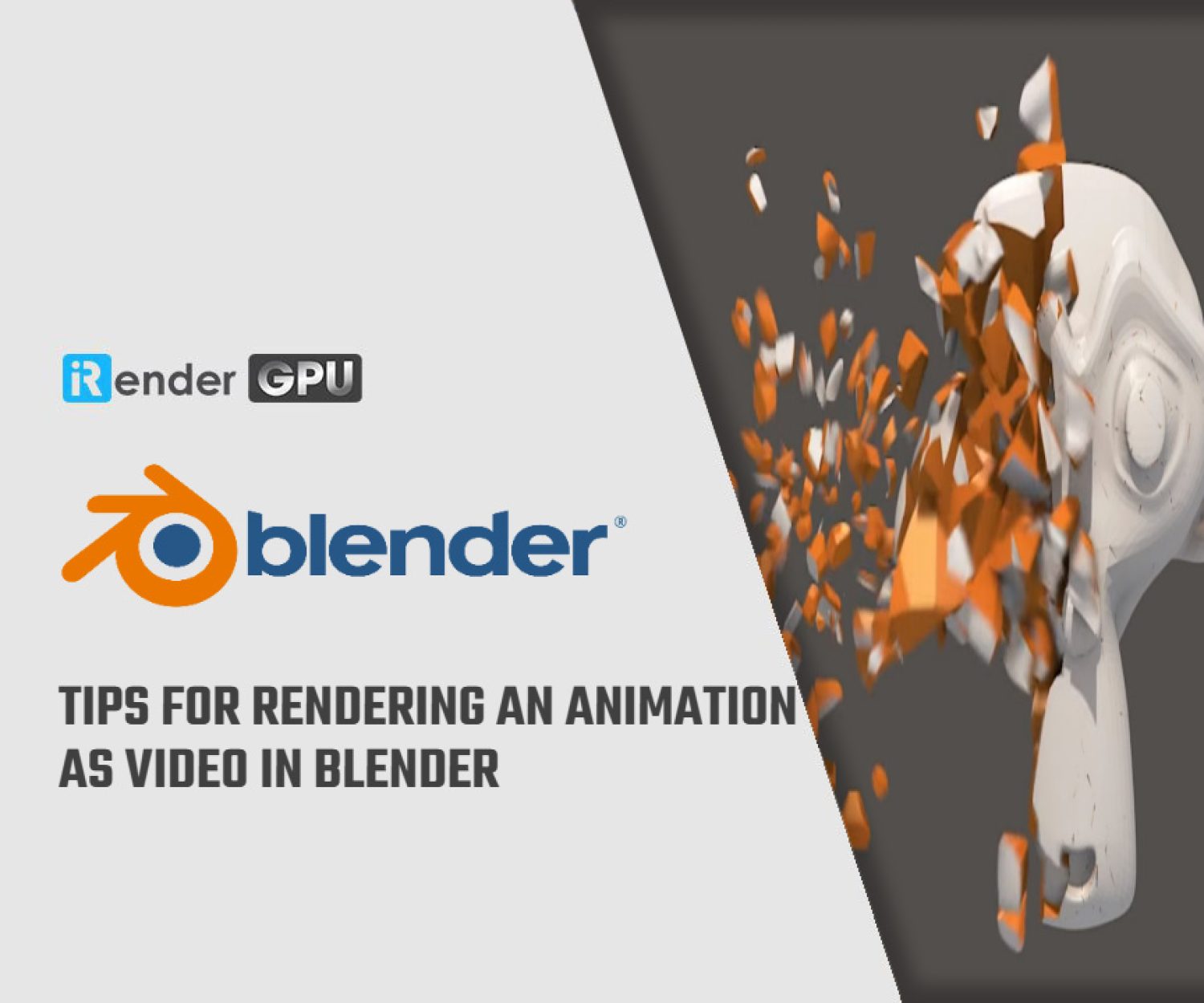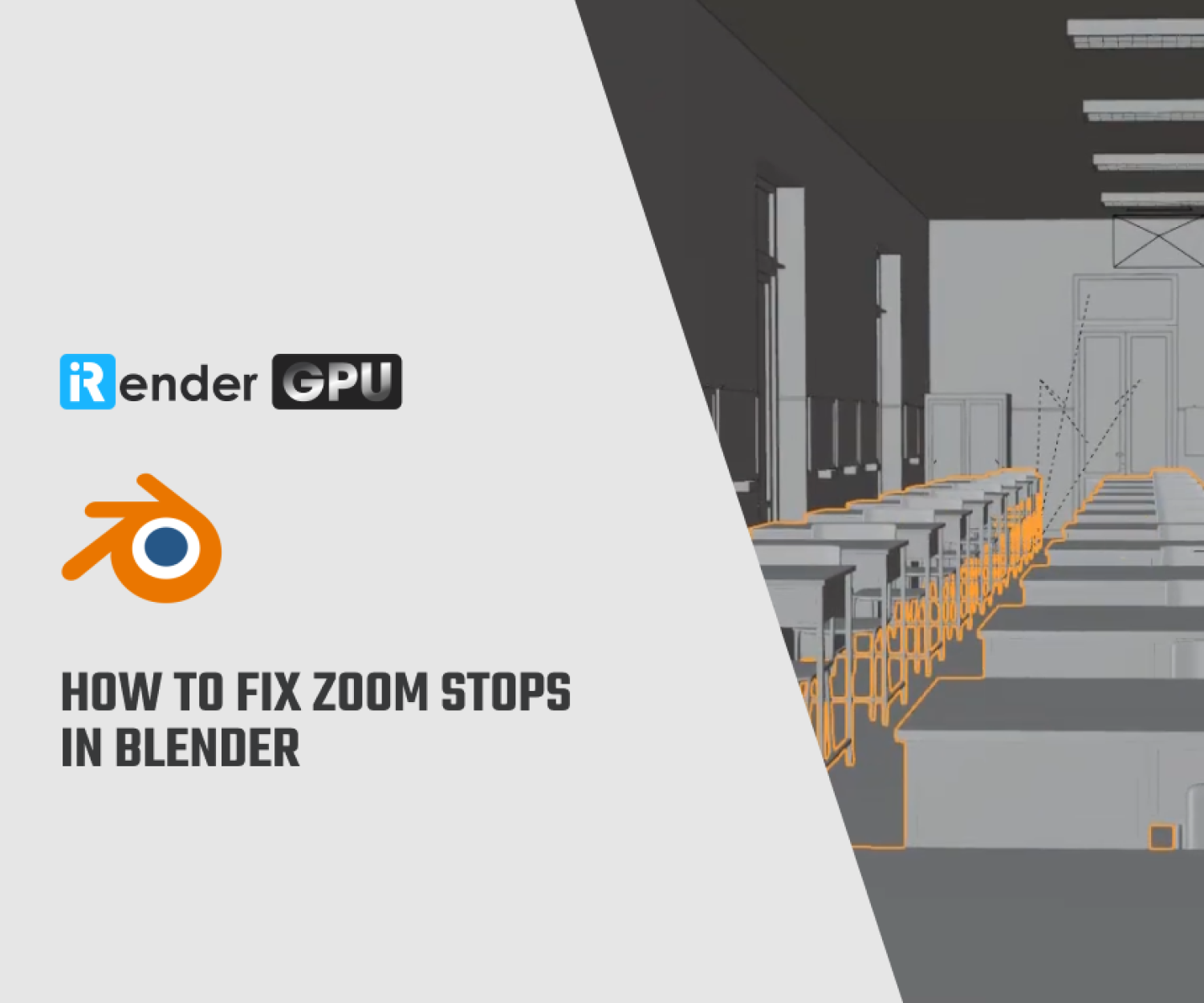Pixilation: Exploring the World of Stop Motion Animation
Pixilation is a fascinating animation technique that transcends the boundaries of traditional filmmaking, offering a unique blend of creativity and craftsmanship. This method involves the meticulous frame-by-frame manipulation of real objects or live actors, creating the illusion of movement through a series of still images. Unlike more conventional animation styles, Pixilation utilizes real human beings as the subject, transforming them into dynamic characters through clever positioning and timing.
In this exploration of Pixilation, we delve into its origins, the meticulous processes involved, and the imaginative storytelling potential it offers, showcasing how this captivating form of animation continues to inspire both creators and audiences alike with its distinctive charm and creativity.
Definition of Pixilation
Image Source: The Jigsaw
Pixilation is a stop-motion animation technique that involves manipulating live actors in small increments to create the illusion of movement when the frames are played in sequence. Unlike traditional animation, which employs drawings or computer-generated imagery, pixilation treats real people like puppets, often resulting in surreal and whimsical effects. The process requires careful planning and execution, as each frame must be captured individually, with the performers moving only slightly between shots. This technique can lead to creative and imaginative visual storytelling, often seen in experimental films and artistic projects.
Characteristics of Pixilation
Image Source: Film Life Style
Pixilation is a distinctive and artistic form of stop-motion animation that employs real humans or objects as its subjects. One of the core characteristics of pixilation is its use of live actors, who are photographed in a series of poses or movements, creating the illusion of fluid motion when the still images are played in sequence. This innovative approach allows filmmakers to explore a wide range of expressive possibilities, blending the line between reality and animation. The use of human figures adds a unique dimension to the animation, as the performers can convey emotions and nuanced movements that may be difficult to capture with traditional puppetry or digital animation techniques.
Another defining characteristic of pixilation is its emphasis on frame-by-frame precision. Each movement must be carefully planned and executed, requiring a significant amount of time and patience from the animator. This meticulous process not only showcases the artist’s technical skill but also allows for a high level of creativity in how scenes are staged and executed. Pixilation artists often incorporate imaginative props, sets, and costumes, enriching the visual narrative and enhancing the overall storytelling experience.
Additionally, pixilation often embraces a whimsical and surreal quality, which sets it apart from more conventional animation styles. The exaggerated movements and quirky behaviors of characters can create a dreamlike atmosphere that captivates audiences. This characteristic allows for a wide range of thematic exploration, from light-hearted and humorous to thought-provoking and avant-garde. By manipulating the perception of reality, pixilation can challenge viewers’ expectations, inviting them to engage with the animation on a deeper level. With its unique blend of human performance, craftsmanship, and imaginative storytelling, pixilation remains a celebrated and enduring art form within the realm of animation.
How pixilation works
Creating pixilation involves a process that closely resembles other forms of stop-motion animation, but it specifically emphasizes human subjects. The main steps in this process are as follows:
- Storyboarding: This stage involves careful planning of the scene, outlining each movement that needs to be recorded. Given that live actors are utilized, providing precise directions is essential to ensure that every frame corresponds accurately with the desired action.
- Shooting: During this phase, the camera captures one frame at a time, with actors holding poses or making slight movements between each shot. The frame rate used is generally slower than that of traditional live-action filmmaking, often around 12 frames per second, which enhances the characteristic jerky motion associated with pixilation.
- Editing: After the frames are shot, they are arranged in sequence to create the illusion of seamless movement. Additional effects can also be applied, such as adjusting the speed of particular actions, which further amplifies the surreal quality of the animation.
Advantages of using Pixilation
Image Source: Programming Librarian
Pixilation, as an animation technique, offers several distinct advantages that make it a compelling choice for filmmakers and artists alike. One of the primary benefits is its unique aesthetic appeal. By utilizing real human subjects, pixilation infuses live-action qualities into animated sequences, creating a striking visual contrast that captivates audiences. This blend of reality and animation allows for an imaginative exploration of movement and storytelling that can evoke emotional responses often absent in traditional animation or computer-generated imagery.
Another significant advantage of pixilation is the high level of creativity and experimentation it fosters. The hands-on nature of the technique encourages artists to think outside the box, using everyday objects and human performers in novel and unexpected ways. This flexibility enables the creation of surreal, dreamlike narratives that can challenge conventional storytelling methods.
Moreover, pixilation is often more accessible for independent filmmakers and artists compared to other forms of animation. The equipment required, such as a camera and basic editing software, is relatively easy to obtain, making it a cost-effective option for creatives working on a budget.
Disadvantages of using Pixilation
While pixilation offers many unique advantages, it also comes with a set of challenges and disadvantages that can impact the animation process. One of the primary drawbacks is the extensive time and effort required for production. Because pixilation involves capturing individual frames with real actors, the process can be incredibly labor-intensive. Each movement must be meticulously planned and executed, which can lead to lengthy shooting sessions and significant amounts of time spent on post-production.
Another challenge associated with pixilation is the potential for inconsistency in motion. Unlike traditional animation, where movements can be easily controlled and refined, live actors may produce variations in their performance or pose between frames. These inconsistencies can disrupt the flow of the animation, making it difficult to maintain a smooth visual narrative.
Overall
In conclusion, Pixilation reveals the captivating world of this unique animation technique that blends live-action with artistic creativity. By harnessing the power of human performance and meticulous frame-by-frame photography, pixilation creates a distinct visual style that invites audiences into surreal narratives and imaginative landscapes. While the process presents certain challenges, such as time-intensive production and potential inconsistencies in movement, the rewards of this art form are evident in its ability to convey emotions and evoke curiosity in viewers.
Leverage the power of iRender Farm to create art and animation
First and foremost, at iRender, we specialize in providing high-end servers to meet the demands of your most complex projects. Our cutting-edge infrastructure is equipped with powerful AMD Ryzen™ Threadripper™ PRO processors, including the 3955WX with clock speeds ranging from 3.9 to 4.2GHz, and the 5975WX operating at 3.6 to 4.5GHz. Each server is further enhanced with 256GB of RAM and a 2TB NVMe SSD, ensuring that you have the performance and storage capacity needed for resource-intensive applications. Whether you are engaged in architectural visualization, animation, or any other 3D rendering tasks, iRender offers the reliability and speed required to accelerate your workflow and bring your creative vision to life.
You can check all our servers with their configurations here and watch some of our test videos on RTX 4090 card:
Enjoy our high-end GPU now and boost your multiple GPUs rendering now! If you have any comments about our article, please do not hesitate to reach us at [email protected] or Whatsapp: +(84) 916017116.
iRender – Happy Rendering!
Related Posts
The latest creative news from Blender Cloud Rendering.










